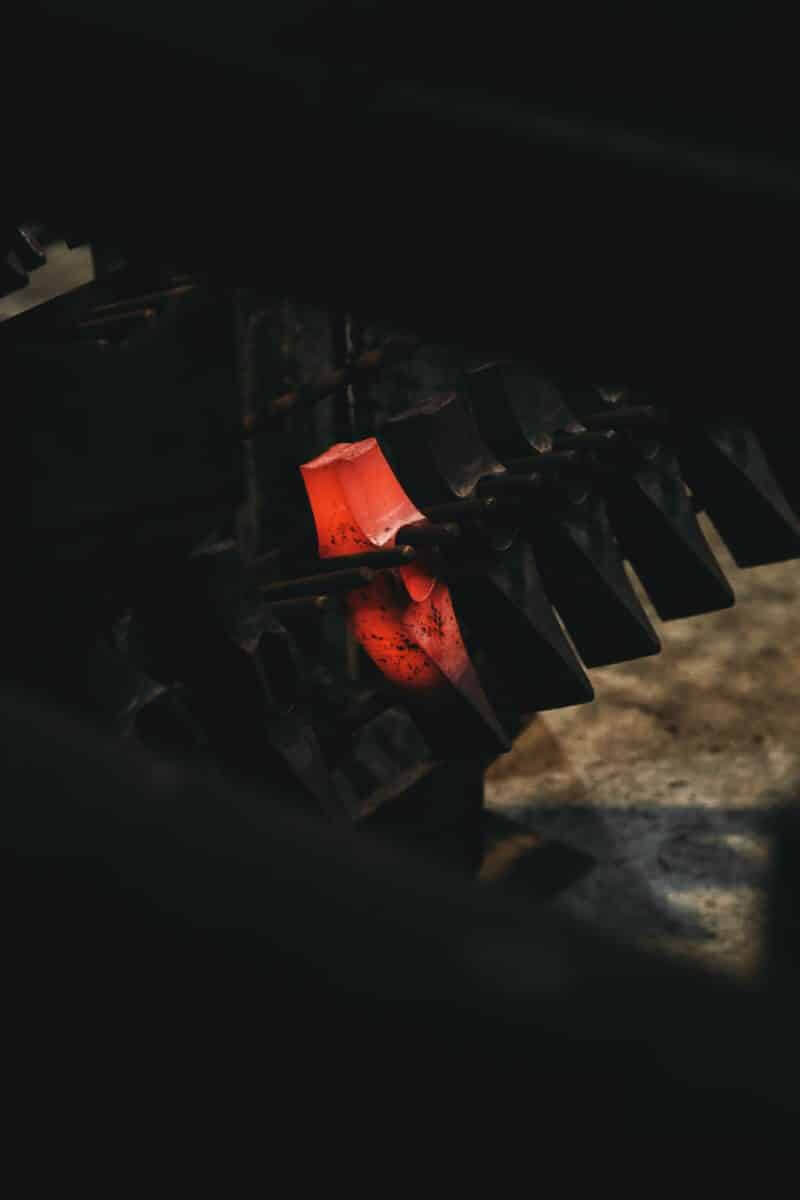
Iron ore futures: What are they? Why Should you care?
Seaborne iron ore is frequently transported in bulk quantities of hundreds of thousands of tons. Shipping larger purchases results in cost savings. Nevertheless, shipping might pose a significant obstacle to an iron mine’s development. Australian producers typically have an edge over Vale. The major Brazilian producer is easier to transport. The journey of Australian ore to the Chinese market is significantly shorter than that of Brazilian ore. For the purpose of transporting ore from Brazil to China, Vale has developed a new generation of bulk carrying cargo ships named the Valemax class.
Contracts for iron ore are traded on international markets as a commodity. Iron ore futures contracts are traded to buyers and speculators on the Dalian Commodity Exchange (DCE) in monthly units, 12 times a year, and in sizes of 100 metric tons, priced in CNY/MT. As with other commodities, the price changes month to month and is determined by the whims of speculators and the desire of actual buyers.
Futures prices for commodities, in particular, frequently reflect market factors other than just supply and demand, such as current market performance, perceived market confidence, the global economy, etc. It is not unexpected that future iron ore prices are showing a downturn given the Chinese market’s recent poor performance. Tuesday saw a decline in the price of iron ore and steel in China as worries over the nation’s enduring zero-COVID policy and the struggling real estate market offset positive news regarding a proposal to loosen border controls.Additionally, caution reigned in front of this week’s anticipated significant interest rate increase by the U.S. Federal Reserve.
Steel and iron ore futures decline on
On China’s Dalian Commodity Exchange iron ore is declining. The most actively traded January iron ore finished daytime trading 3.1% lower at $99.24 a tonne. Rebar and hot-rolled coil both declined 1.5% and 2%, respectively, on the Shanghai Futures Exchange.
Following months of the border being closed due to the pandemic, Beijing released draft regulations intended to make it simpler for some foreigners to enter China for visits to tourist destinations along its border.
China also reported fewer new COVID-19 cases on Tuesday. Beijing is not reporting any local cases for the fourth straight day. The benchmark October contract for iron ore on the Singapore Exchange had lost some of its earlier gains and was down 0.9% at $96.20 per tonne.
Coke reduced its gains to 1%, while Dalian coking coal fell 1.1% and retreated. Shanghai Stainless Steel experienced a 0.3% decrease. The demand for finished goods is weak. However iron ore has strong short-term fundamentals and prices remain sustained. According to analysts at Zhongzhou Futures.
Additionally, hopes for additional short-term policy help to stabilize China’s economy. COVID-19 has had a big effect on it. It limits and the collapse of the real estate market, have diminished. Tuesday, China took the difficult decision to maintain its benchmark lending rates unchanged, balancing the need to sustain economic development with limiting currency depreciation.




